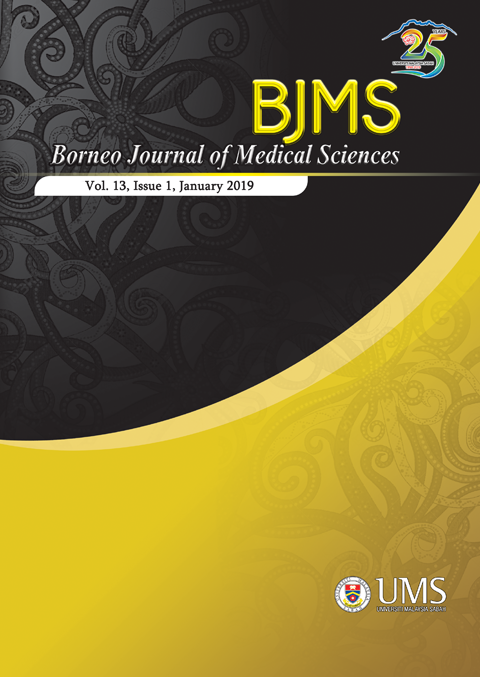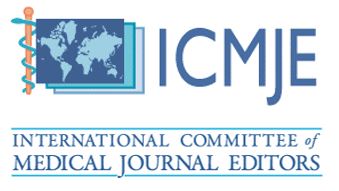Strongyloides Hyperinfection Syndrome in an Immunosuppressed Patient
DOI:
https://doi.org/10.51200/bjms.v13i1.1260Keywords:
Strongyloides stercoralis, hyperinfection syndrome, immunosuppressed patientAbstract
Strongyloides stercoralis is an intestinal nematode which is endemic in tropical and subtropical countries. The global prevalence of Strongyloides is unknown. Strongyloidiasis is found more frequently in the socioeconomically disadvantaged, in institutionalized populations, and in rural areas. The spectrum of disease varies. It may cause asymptomatic infection, mild eosinophilia or hyperinfection syndrome in the most severe form. Here we reported a case of Strongyloides hyperinfection syndrome in an immunosuppressed patient. This patient is a 54-year-old man with myasthenia gravis on long term azathioprine and prednisolone. He presented with fever associated with diarrhoea and was in septic shock. His blood culture was positive for Klebsiella pneumoniae. Strongyloides stercoralis larvae were detected in his sputum and stool sample. He was diagnosed to have Strongyloides hyperinfection and was treated with subcutaneous ivermectin. He recovered well. Our case demonstrated the association of Strongyloides hyperinfection with superimposed gram-negative sepsis as a consequence of prolonged immunosuppression. A high index of suspicion is needed in approaching patient with risk factors of hyperinfection syndrome.
Published
How to Cite
Issue
Section
License
All articles are published under the Creative Commons Attribution-NonCommercial (CC BY-NC 4.0) license, enabling users to read, download, copy, distribute, and adapt the material for non-commercial purposes, provided proper credit is given to the original authors and the source. This model supports transparency, accessibility, and the global exchange of medical knowledge.








1.png)



